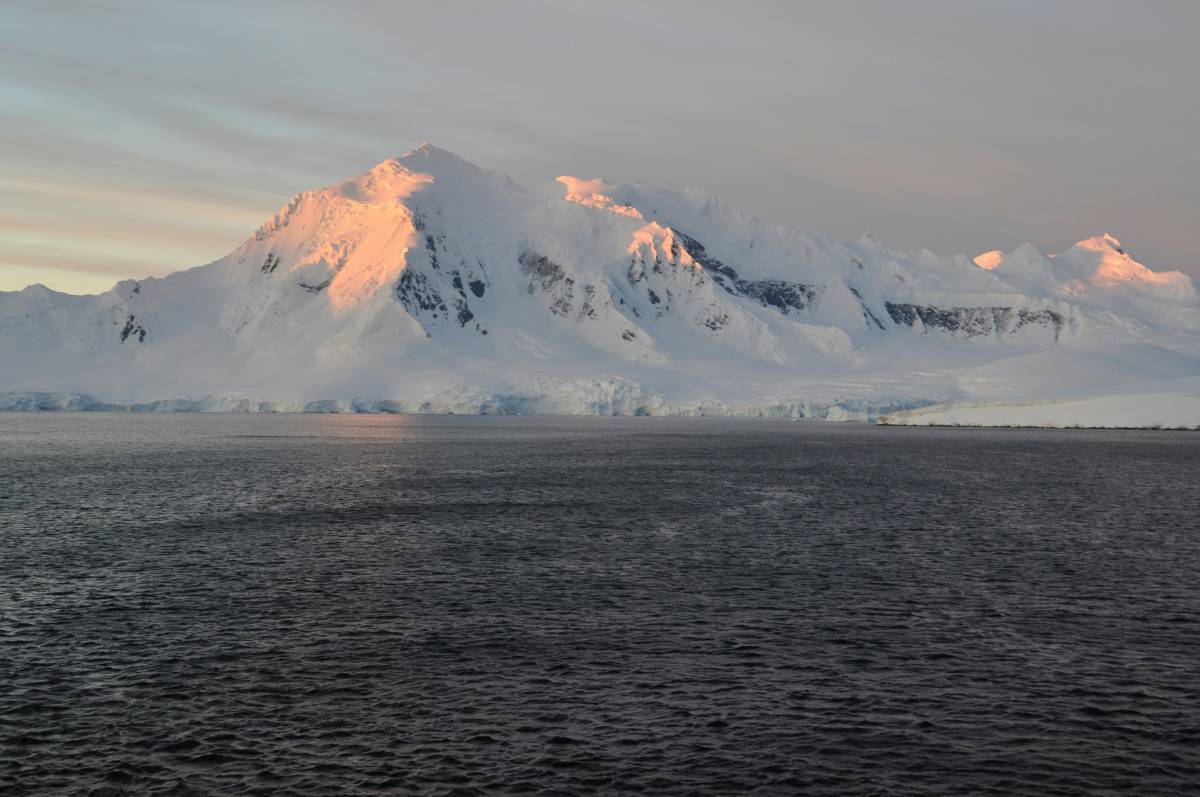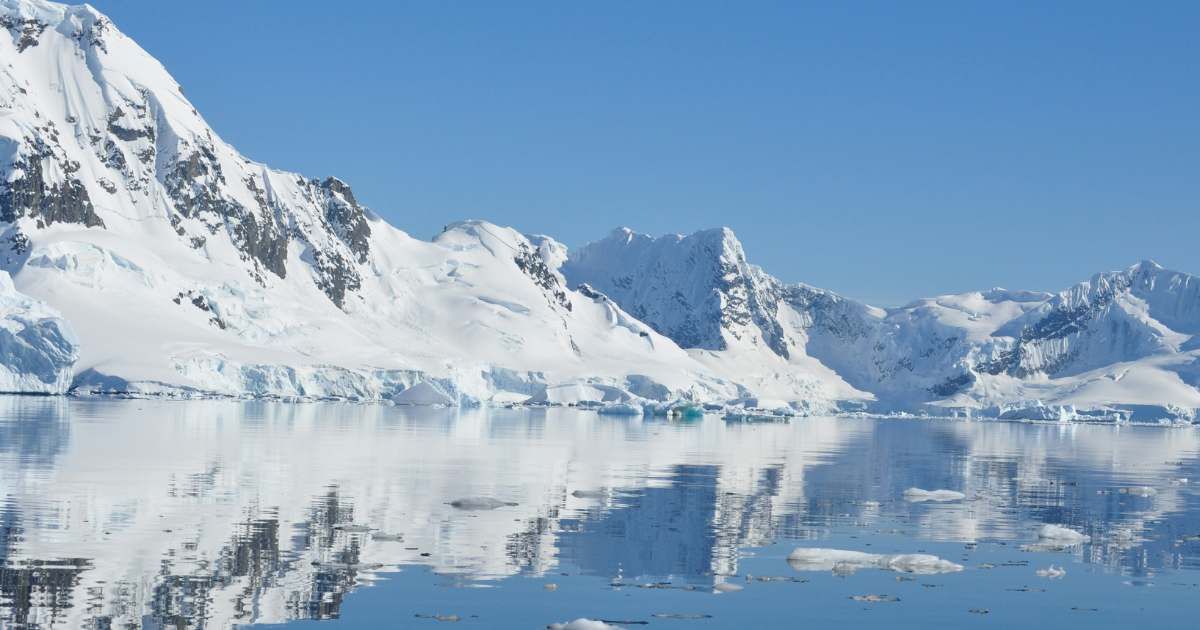NASA Satellites Show Antarctica Has Gained Ice Despite Rising Global Temperatures, Leave Scientists Puzzled
The trend of ice sheet melting and its devastating consequences are being analyzed by several organizations. However, one team, in an unprecedented turn of events, has found the opposite in Antarctica, according to
Space
. Findings regarding this observation have been published in the journal
Science China Earth Sciences
.

The team, through NASA satellites, found that
Antarctica has gained ice
in recent years. This change happened despite the presence of factors like increasing average global temperature and climate change, which should lead to ice sheet loss. The team believes that this unexpected development is a result of an anomaly.
This change has been noted most in East Antarctica, stated
Live Now Fox
. Here, in the past, four
major glaciers had shown symptoms
of destabilization, so the change could keep things in control for a while. As per experts, the most prominent gains happened in Wilkes Land and Queen Mary Land regions. The team claims that a record-breaking ice mass gain took place from 2021 to 2023.
For understanding changes in the ice mass, researchers looked into the satellite gravimetry data gathered by the GRACE and GRACE-FO missions. These missions essentially calculated the variations that happened in Earth’s gravity to figure out the transformations in Antarctic ice sheets. The results indicated that from 2011 to 2020, the Antarctic Ice Sheet lost ice at an astounding rate of 142 gigatons per year. However, between 2021 to 2023, the pattern reversed and AIC regained ice mass at a rate of 108 gigatons per year.
The most direct consequence of ice sheet loss is the rise of sea levels. This turnaround was so impactful that it offset global sea level rise by around 0.3 millimeters in the three years, according to experts. Glacier basins like Vincennes Bay, Moscow University, Totten, and Denman, which were losing mass at an astonishing rate between 2011 and 2020, appear to have partially recovered after the turnaround. Scientists, though, don’t want people to think that this pattern indicates that humanity is making strides in improving the environment. As per experts, the gains occurred due to unusual precipitation patterns and not because the climate crisis has been averted.
Tom Slater
, a research fellow in environmental science at Northumbria University in the U.K., who wasn’t involved in the study, claims that the anomaly is associated with a warm climate’s capability to hold more moisture, according to Space. This capability essentially increases the chances of extreme weather events like snowfall and rain. In this case also something like this has possibly happened. The study has also contributed to the increase in ice due to the snowfall and rain that has happened in Antarctica in recent years.
Researchers believe that the change is temporary, and authorities should continue to find ways to preserve the remaining ice sheet. “Almost all of Antarctica’s grounded ice losses come from glaciers elsewhere, which are speeding up and flowing into the warming ocean,” Slater added. “This is still happening — while the recent snowfall has temporarily offset these losses, they haven’t stopped, so it’s not expected that this is a long-term change in Antarctica’s behavior.” The team added that the gains appeared to have slowed down at the beginning of 2024.
NASA
recently reported on the ice sheet levels in Antarctica, which show that the quantity is now at the pre-loss levels.







